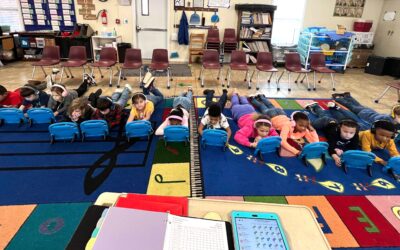We are especially honored that this event, being held across the country from November 14th– 18th, was recognized by the White House in their recent Computer Science for All Summit on September 14th,
The Code-a-Thon is intended to help teachers and schools introduce elementary- and middle-school students to the basic concepts of computational thinking and foundations of coding. During the event, schools will have free access to EasyTech and EasyCode, which provide a fun, game-based environment to help teachers bring computer science instruction into their classroom, without needing any prior experience in teaching the subject.
As I have written about before, the growing recognition that Computer Science and Computational Thinking should be treated as a ‘fifth core subject’, on par with math, science, language arts and social studies, is very encouraging! In his State of the Union address earlier this year, President Obama listed “helping students learn to write code” as one of his goals for this year, and has said, “computer science isn’t an optional skill—it is a basic skill right up there with the three R’s”. At Learning.com, we are passionate about helping teachers provide opportunities for even the youngest students to have early exposure to these topics.
The last day to register for the Code-a-Thon is November 9th. We look forward to participation from schools all over the country this November, and to helping thousands of young students gain exposure to the core fundamentals of this important topic.

Keith Oelrich
CEO
Keith Oelrich joined Learning.com as CEO in 2012. A pioneer in the K-12 online education market since 2000, Keith has served as CEO of several companies which have collectively provided K-12 online education programs to thousands of districts, tens of thousands of schools and millions of students and their families.
Further Reading
Digital Skills for North Carolina Students
In our district, like most others, the use of digital learning tools has catapulted since the pandemic. With students online more than ever, it’s...
Why Teaching Kids to Code Supports Community Development
Teaching kids to code undoubtedly prepares them for the future of work. But what does this mean for the communities that helped them become career...
Enhancing Digital Citizenship by Understanding Confirmation Bias
Teaching confirmation bias as part of the digital literacy curriculum in schools is essential in today's information-saturated world. Confirmation...



